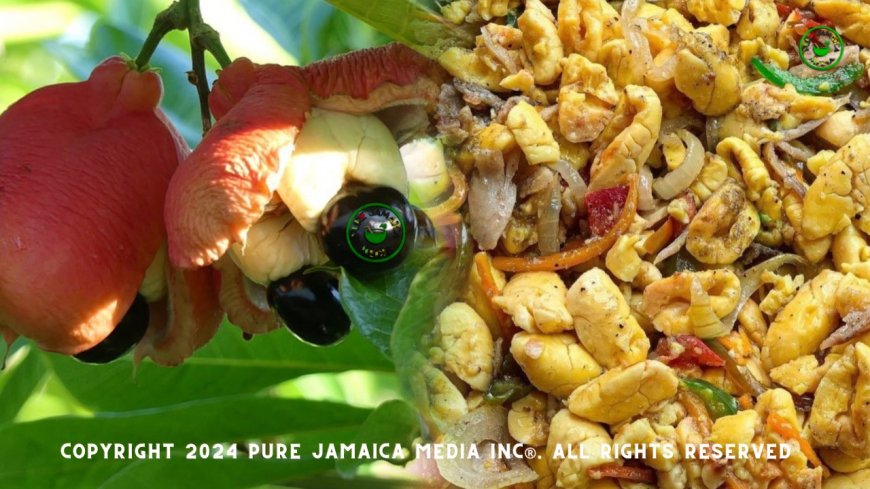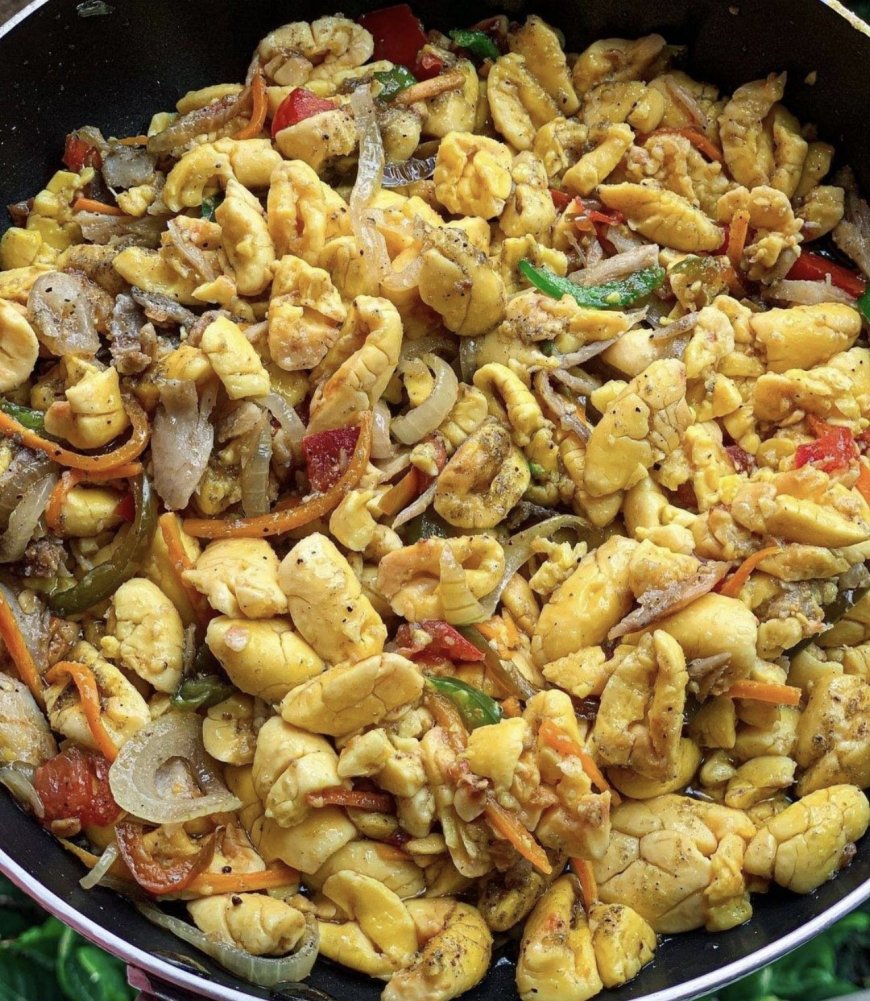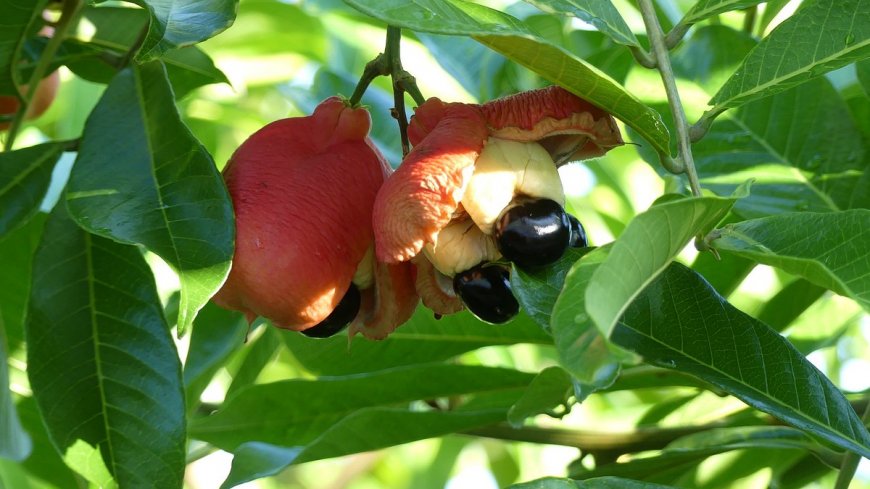Is Ackee Poisonous? Everything You Need to Know About Jamaica's National Fruit
Welcome to Pure Jamaica Media, your ultimate guide to all things Jamaican! Let’s get into the world of the exotic ACKEE FRUIT – a delightful Jamaican delicacy that captivates taste buds around the globe.

The ackee fruit, scientifically known as Blighia sapida, is a tropical fruit native to West Africa but widely enjoyed in Jamaica. The fruit's vibrant red pods, when ripe, reveal luscious yellow arils that are a culinary delight.In Jamaican cuisine, ackee is a star ingredient in the iconic dish, Ackee and Saltfish. This savory and satisfying dish combines the buttery texture of ackee with salted cod, creating a harmonious blend of flavors that is a favorite among locals and visitors alike.
Image By : Dishes By Venice

Nutritional Benefits:
Apart from its delectable taste, ackee is also a nutritional powerhouse. It is rich in vitamins and minerals, including vitamin C, vitamin A, and potassium. This nutrient-dense fruit not only tantalizes the taste buds but also nourishes the body.
Apart from its culinary attributes, ackee holds cultural significance in Jamaica. It is the national fruit of the island, symbolizing resilience and prosperity. Its presence in Jamaican cuisine reflects the country's rich heritage and diverse culinary traditions.
Health Benefits:
Ackee is not only a culinary delight but also offers various health benefits. It is known to support heart health, aid digestion, and boost immunity. Incorporating ackee into your diet can be a flavorful way to enhance your overall well-being.

The ackee fruit is not only a culinary gem but also a botanical wonder. It belongs to the Sapindaceae family and is closely related to lychee and longan fruits. The ackee tree, which can grow up to 10 meters in height, bears clusters of bright red pods that house the prized arils.
In Jamaica, the ackee fruit is typically harvested when the pods turn red and split open naturally to reveal the arils. It is crucial to wait for the fruit to ripen fully before consumption, as unripe ackee contains a toxin known as hypoglycin A, which can be harmful if ingested.
The process of preparing ackee involves carefully removing the arils from the pods, discarding any seeds or membranes, and then cooking the arils until they reach a creamy consistency. Ackee's mild flavor and creamy texture make it a versatile ingredient that pairs well with a variety of dishes, from traditional Jamaican breakfasts to gourmet culinary creations.
In conclusion, the ackee fruit stands as a symbol of Jamaican culture, flavor, and tradition. At Pure Jamaica Media, we celebrate the essence of this exotic fruit and invite you to explore its culinary wonders. Discover more about Jamaican delights and cultural treasures at www.purejamaicamedia.com – your gateway to the heart of Jamaica








